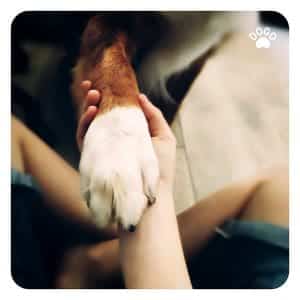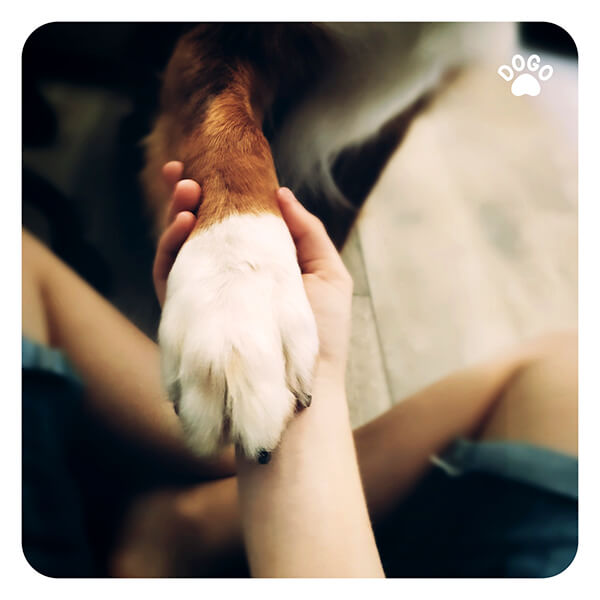 How to Stop a Dog’s Nail from Bleeding?
How to Stop a Dog’s Nail from Bleeding?
Seeing your beloved furry friend in pain is never easy, especially when it comes to a bleeding nail. It can be distressing and overwhelming, but it’s essential to remain calm and take the right steps to help your dog. Whether it’s due to an accidental trim that went too far or a split nail, there are ways to address and stop the bleeding effectively. In this post, we’ll explore the steps you can take to manage and alleviate your dog’s discomfort when dealing with a bleeding nail.
Before we dive into the specifics of stopping a dog’s nail from bleeding, it’s important to understand why this situation occurs. The quick, a blood vessel inside the nail, is the part that tends to bleed when cut or split. Dogs with clear or white nails have a visible quick, making it easier to avoid cutting too close. However, for dogs with black nails, the quick is not as visible, making accidental cuts more likely. Additionally, overgrown nails are prone to splitting or tearing, which can also lead to bleeding. Understanding these factors can help in preventing future incidents.
When you discover that your dog’s nail is bleeding, the first and most crucial step is to remain calm. Dogs are sensitive to their owners’ emotions, so staying composed can help prevent further stress for your pet. Gently restrain your dog if necessary, as movement can exacerbate the bleeding. It’s important to remember that your dog may be in pain or discomfort, so approach the situation with care and empathy.
The next step is to assess the severity of the bleeding and determine the best course of action. If the bleeding is minimal, you can often manage it at home. Begin by applying gentle pressure to the nail with a clean cloth or gauze for a few minutes. This should help to stem the bleeding. If the bleeding is more substantial or doesn’t stop after a few minutes, it’s advisable to seek veterinary care. Professional assistance may be necessary for severe bleeding or if the quick has been exposed.
Once the bleeding has stopped, it’s important to clean the area to prevent infection. Gently clean the nail with a mild antiseptic solution, being careful not to apply too much pressure. Keeping the area clean and free from bacteria will aid in the healing process and reduce the risk of complications.
After addressing the immediate bleeding, it’s crucial to monitor your dog’s behavior and overall well-being. Pay attention to any signs of pain, discomfort, or reluctance to bear weight on the affected paw. If you notice any concerning symptoms or if the bleeding persists, don’t hesitate to seek professional veterinary care. Your veterinarian can provide further guidance and ensure that the nail heals properly.
In conclusion, dealing with a dog’s bleeding nail can be a challenging experience, but it’s essential to approach it calmly and attentively. By understanding the causes of nail bleeding and taking the appropriate steps to address it, you can help alleviate your dog’s discomfort and promote healing. Remember to stay composed, assess the severity of the bleeding, provide immediate care, clean the area, and seek professional assistance if needed. Your furry friend will appreciate your care and attention during this challenging time.[/fusion_text]

